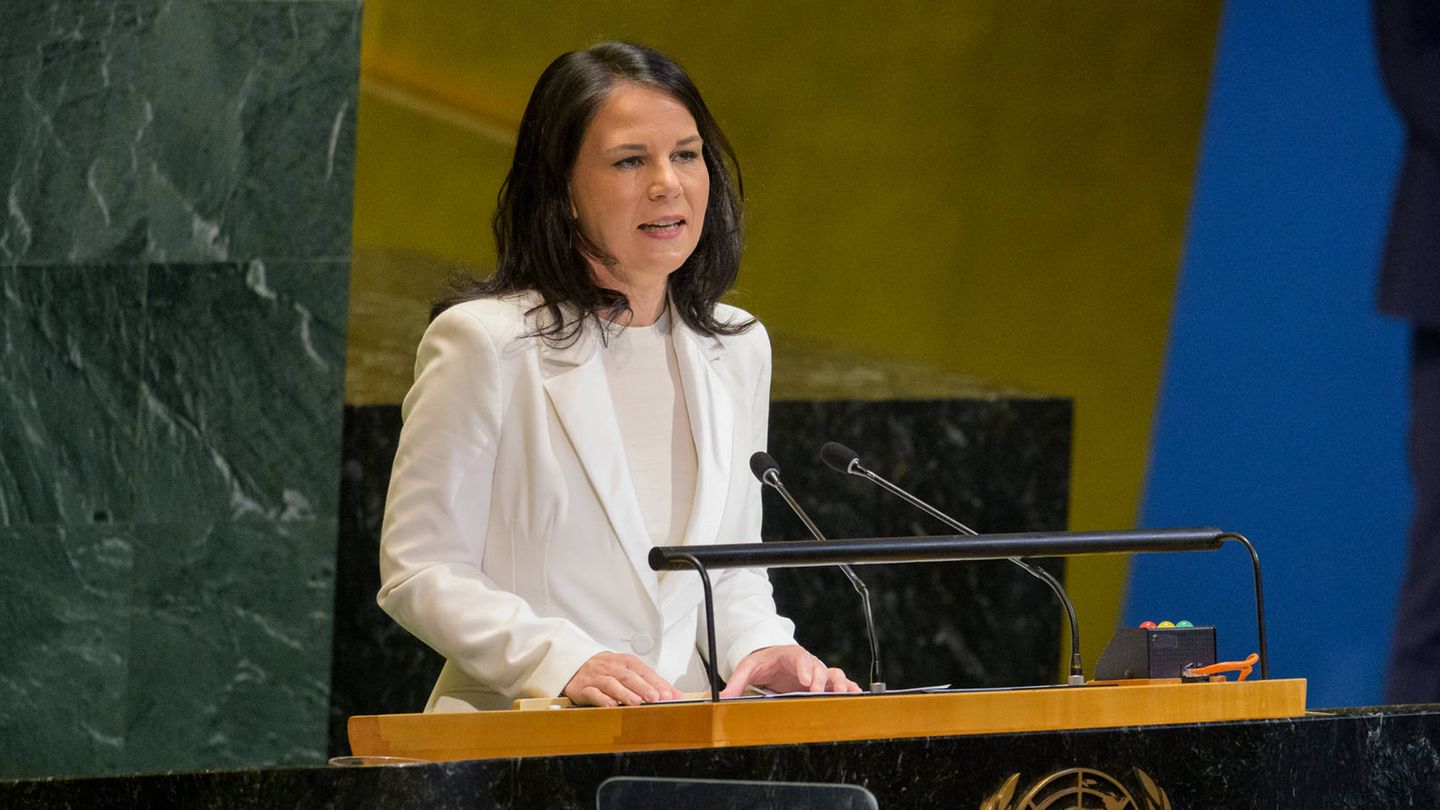The exchange market broke with the stability it maintained in the last period and went through tension wheels in the last days. Added to the inflationary acceleration and the expectation regarding the negotiations with the IMF was the low demand for Bopreal by importers (bond created by the Central Bank to clear the stock of commercial debt), the uncertainty in the City about the BCRA’s ability to maintain a crawling peg of 2% monthly, which drove greater demand for instruments dollar linked (which offer coverage against a devaluation) and increases in the futures markets in the last rounds. Likewise, dollar bonds cut their bullish rally, affected by the external climate and uncertainty at the local level about the implementation of the Government’s plan.
In this framework, analysts consulted by Ámbito They expect that the parallel quotes of the dollar will accentuate its upward adjustment in the next few days.
Financial dollars had a marked rebound in the last week and drove a foreseeable rise in the gap, which still remains at relatively limited levels. On the one hand, cash with settlement (CCL) rose $167 to $1,140.53 in the last week. Likewise, the MEP dollar rose $109 to $1,104.93. In this way, the average gap jumped to 34%. On the other hand, the blue dollar remained stable compared to the previous week’s close, at $1,025.
Overheated dollar: the pressure factors
Among the main factors that worry the market, the uncertainty about What capacity will the Government have to sustain crawling peg at 2% in the coming months. From Ecolatina They highlighted: “The exchange-monetary scheme implemented by the Government is bold and involves no small risks, both due to seasonal issues and a delay in the impact of the measures implemented: both the exceptional supply of foreign currency and its limited demand have ‘short legs’. ‘ and they hardly manage to sustain themselves during the summer without implementing new measures. As for the MULC, faced with inflation running at a rate of 25-30%, the crawling peg of 2% monthly is not enough to avoid a significant exchange rate delay in the coming weeks, which will gradually take away incentives for exporters to liquidate currencies. At the same time, From mid-January, payments for imports postponed with the system change will begin to have a greater impactwhich could generate a kind of bottleneck, abruptly raising the demand for foreign currency.”
In this framework, contracts in the markets futures showed increases of 5% from March onwards, in recent days, given the uncertainty about the Government’s exchange rate plan. On the other hand, in the last week, the low demand for Bopreal on the part of importers it raised some noise about a possible greater demand for dollars on their part. In addition, the result of the official conversations with the International Monetary Fund is awaited, which sent a mission to the country to negotiate goals, waivers and upcoming disbursements.
Dollar: what does the market expect?
Moving forward, the economist Federico Glustein He noted: “Without a doubt there is an expectation of a rise in parallels. The lack of progress in regulatory change, the lack of agreement with the IMF, the use of reserves to pay interest, added to inflation and poor adherence to the Bopreal generates a distrust scenario and the demand for foreign currency is growing, both seasonally and due to the need for dollars to pay debts and imports, as well as services. Although it broke certain values ($1100), it is likely that it will continue to rise until some conditions are met to stabilize the price.”
In addition, Fernando Baer, associate economist at Quantum Finance, considered that there is a clear tendency towards realignment, especially taking into account the inflation estimates for the coming months. Between the factors that will determine the intensityBaer highlighted that “it will depend on how the official exchange rate moves, the magnitude of the recession and impact on imports, how the monetary surplus is resolved, how they advance the monetary front, the success of Bopreal or not, and how they move Interest rates”.
Source: Ambito




